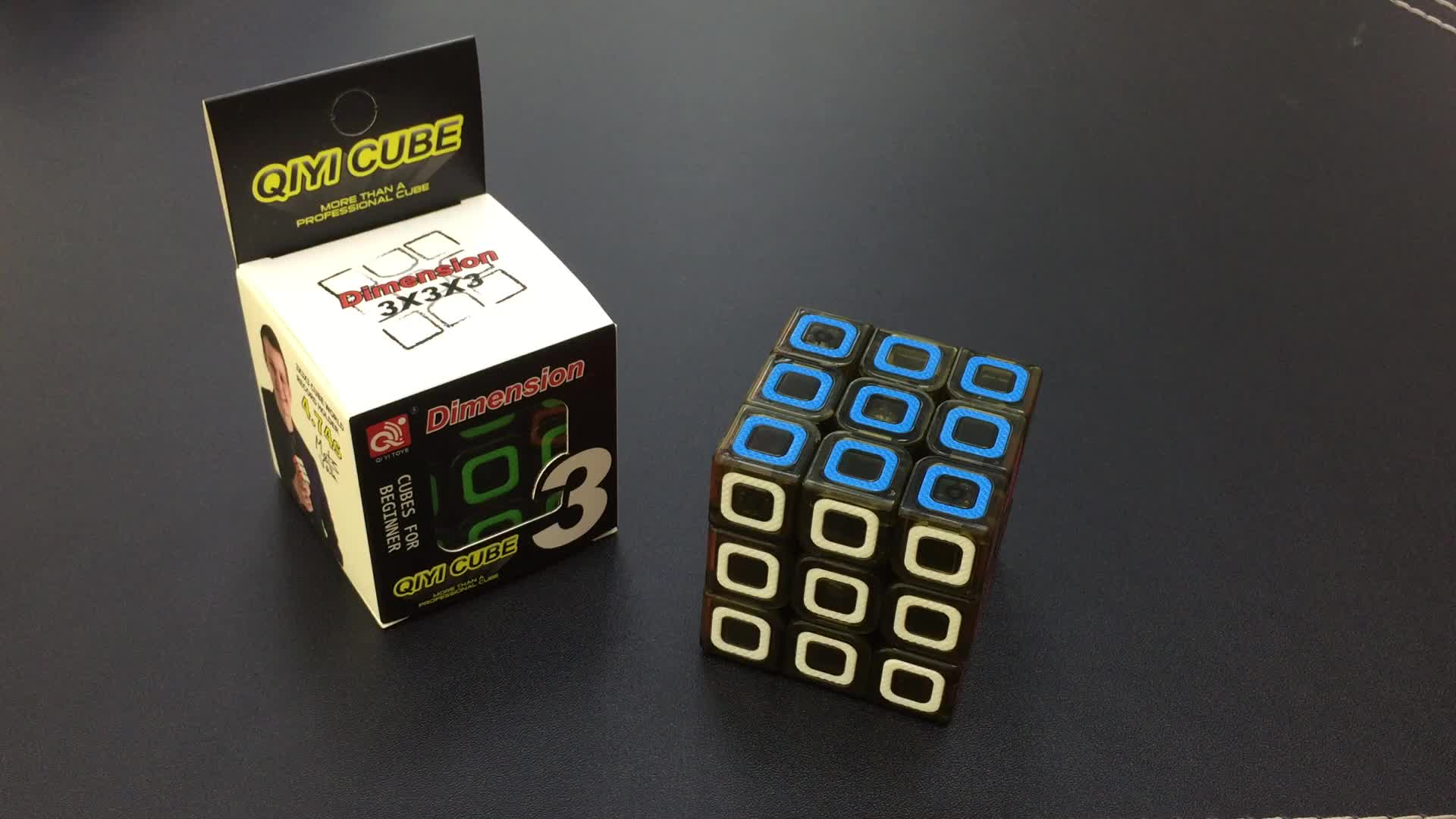

The knives are set into the slots and covered in a compressible material, typically foam rubber, which ejects the cut puzzle pieces. The puzzle die is a flat board, often made from plywood, with slots cut or burned in the same shape as the knives that are used.

The press forces a set of hardened steel blades of the desired pattern, called a puzzle die, through the board until fully cut. An enlarged photograph or printed reproduction of a painting or other two-dimensional artwork is glued to cardboard, which is then fed into a press. Most modern jigsaw puzzles are made of paperboard as they are easier and cheaper to mass-produce. While most assembled puzzles are disassembled for reuse, they can also be attached to a backing with adhesive and displayed as art. In addition to traditional flat, two-dimensional puzzles, three-dimensional puzzles have entered large-scale production, including spherical puzzles and architectural recreations.Ī range of jigsaw puzzle accessories, including boards, cases, frames, and roll-up mats, have become available to assist jigsaw puzzle enthusiasts. Artisan puzzle-makers and companies using technologies for one-off and small print-run puzzles utilize a wide range of subject matter, including optical illusions, unusual art, and personal photographs. Typical images on jigsaw puzzles include scenes from nature, buildings, and repetitive designs- castles and mountains are common, as well as other traditional subjects. They have since come to be made primarily of cardboard. John Spilsbury, a London cartographer and engraver, is credited with commercialising jigsaw puzzles around 1760. Despite the name, a jigsaw was never used. In the 18th century, jigsaw puzzles were created by painting a picture on a flat, rectangular piece of wood, then cutting it into small pieces. I will still buy a few 2000pc for the times I want less commitment, and buy a few of my absolute favorite 1000-1500pc for when friends are over and they want to do a puzzle in a single night.A jigsaw puzzle is a tiling puzzle that requires the assembly of often oddly shaped interlocking and mosaiced pieces, each of which typically has a portion of a picture when assembled, they produce a complete picture. It's vastly cheaper and more rewarding in my opinion. I think I am going to focus on 3000-5000pc in the future. 3000-5000pc are much more space efficient and you need a lot less of them. Having hundreds of boxes for 1000pc puzzles that you plan to do again in 5 years can take a lot of space. You see things you never saw on the box art and that is a reward in itself.

2000pc is the middle ground for me, but still pretty jarring after just doing a 3000+ pc.ģ000-5000pc puzzles usually have more tiny details due to the large size. I'd get about 5 days of puzzling buying $90 worth of 1000pc puzzles.ġ000pc feels and looks less impressive due to the smaller size and the pieces being much bigger.

With a friend, can be done in a single evening.Ģ000pc cost ~$34.99 and takes me about 3-4 times longer at not even two times the cost.ģ000pc cost ~$39.99 and takes me about 8-16 times longer at two times the cost.ĥ000pc cost ~$89.99, but can be gotten for ~$60 on sale, and takes about a month of significant daily effort to do. (Using Ravensburger prices because it's my favorite brand.)ġ000pc cost ~$20.99 and takes me a single day off to do. These were my thoughts when deciding what puzzles I should buy next.


 0 kommentar(er)
0 kommentar(er)
